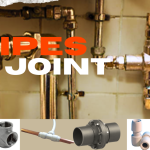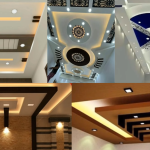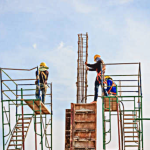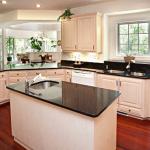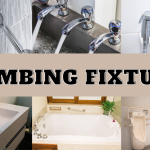
A lightweight fiber cement flooring system is appropriate for any construction project with a limited construction time. It also helps to lighten the main structure.
Light weight flooring system is a revolutionary system that reduces the total weight of the floors, eliminating many problems associated with heavy and dense traditional building materials such as concrete. The light weight flooring system is also called as lightweight flooring system or composite flooring.
Concrete floor systems are a popular choice for many buildings because they provide strong, durable solutions to any construction project. However, one drawback of concrete floors is that they are heavy and more difficult to install. In this article, we’ll take a look at a flooring system that solves these problems by being light weight but still as strong and durable as traditional systems.
Lightweight Flooring System Installation and Construction
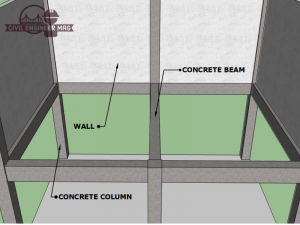
The Lightweight flooring system is supported by a concrete frame (beams and columns)
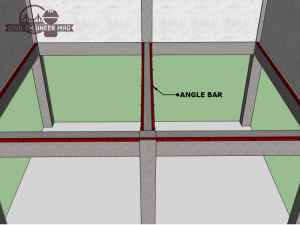
Angle bars are installed at the corners of the beam where the floor framing will be connected and welded.
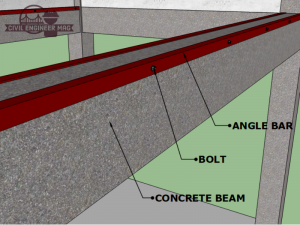
To fix the angle bar in place, a special type of bolt is embedded in the concrete beam and connected to the angle bar.
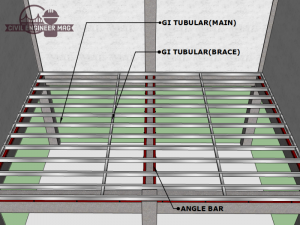
The main framing material is installed along the shorter direction. Bracings are placed at the ends of the fiber cement board to be installed.
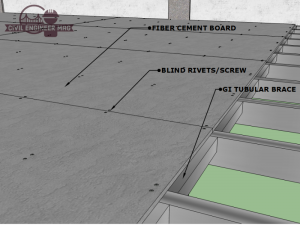
Fiber cement boards are fixed in place by a screw or blind rivet with a spacing the same as the steel framing
Applications of cement fiber boards
Since they offer many advantages for your project, cement fiber boards can be used in a variety of interior and exterior applications. These cement fiber-based boards can be used in conjunction with various supporting frameworks such as timber or wood, steel or iron sections, and aluminum. This provides the greatest yield.
Cement fiber boards can and strength for construction projects.
1. Floor
Be used in both traditional and mezzanine floors. It can withstand high pressure in elevated areas. Cement fiber boards, which are commonly used in industrial applications, are used to construct mezzanine floors. In this case, the board serves as the final finished floor, supported by a steel, wood, or plywood framework.
2. Ceiling
Cement fiber-based ceiling materials are available in two varieties: board and sheet. Ceiling tiles come in a variety of textures and finishes. Cement boards and ceiling tiles in a grid design can be used in the traditional ceiling. The grid model can be used in projects where acoustic properties are important, such as auditoriums, halls, shared workspaces, hospitals, malls, and theaters.
3. Cladding
Cement fiber-based cladding products are typically available in plank format with a thickness of approximately 8 mm and a variety of dimensions. These planks are easily attached to steel, cement, or wooden substrates with screws or adhesives. The application area varies depending on the purpose, such as exterior walls, gates, lobbies, and facades.
4. Dry Walls
Fiber cement-based wall partition solutions are ideal for high-speed construction projects. Drywalls are lighter, easier to build, and eliminate the “curing time” associated with traditional brick and mortar construction. This is best suited to non-load-bearing wall structures. Cement fiber-based drywall systems outlast gypsum drywall systems. In wet areas, cement fiberboard partitions are highly recommended.
5. Ready Made Walls
For quick construction, many companies have introduced cement-fiber-based ready-made sandwich panels. It is constructed from cement fiber board and aerated cement concrete filling. These pre-made walls can be customized with paint, texture, wallpaper, and veneer.
6. Roof Tile Underlay
Cement fiber board can be used as the underlay for manufactured roofing because of its properties as a thermal insulator and a water-resistant material. It is typically used with roof tiles and roofing shingles. This will give the roof a more uniform appearance from the inside while also providing good backing for the roofing material. In many cases, this eliminates the need for a false ceiling beneath the roof because it acts on all of the properties of a ceiling.
7. Duct Covering
When used as the casing of service pipes, fiber cement board adds an aesthetic appearance to the external facade of a building, making it one of the best uses of fiber cement board. This application requires MS framing. In this case, we will have a variety of finishing options such as paint, texture, tiles, and cladding. You can also use laser or water-jet cutting to improve the casing’s external appearance.
8. Back-Liners
Cement fiber board can be used as the back-liner or back panel of kitchen cabinets and wardrobes. This is due to its great anti-termite and waterproofing properties. Because it is a heavy product, it can withstand impacts from the inside and corners of cabinets. Sheets with a thickness of 6 mm or 9 mm are ideal for this application. Along with it, you can use any type of board available on the market.
9. Cupboards
Cement fiber board can be used to construct modular kitchen cabinets. Cabinets are typically constructed from 16 or 18 mm thick boards. Its high resistance to termites, moisture, and fire makes it ideal for use in any project.
10. Counter Top
Depending on the application, 8/12/18/20/25 mm panels are ideal for counter-tops. It is suitable for use as counter tops in MS/GI or timber frameworks. They are suitable for commercial, residential, and housing applications due to their resistance to termites, moisture, and fire.
Other than the applications listed above, cement boards have a wide range of uses. Cement board production and consumption are both increasing globally. The majority of cement board applications are for commercial rather than residential purposes.
Since there are numerous advantages to using cement fiber boards in your project, you can use them in a variety of interior and exterior applications. These cement fiber-based boards can be used in conjunction with various supporting frameworks such as timber or wood, steel or iron sections, and aluminum. This provides the greatest yield and strength for construction projects.

